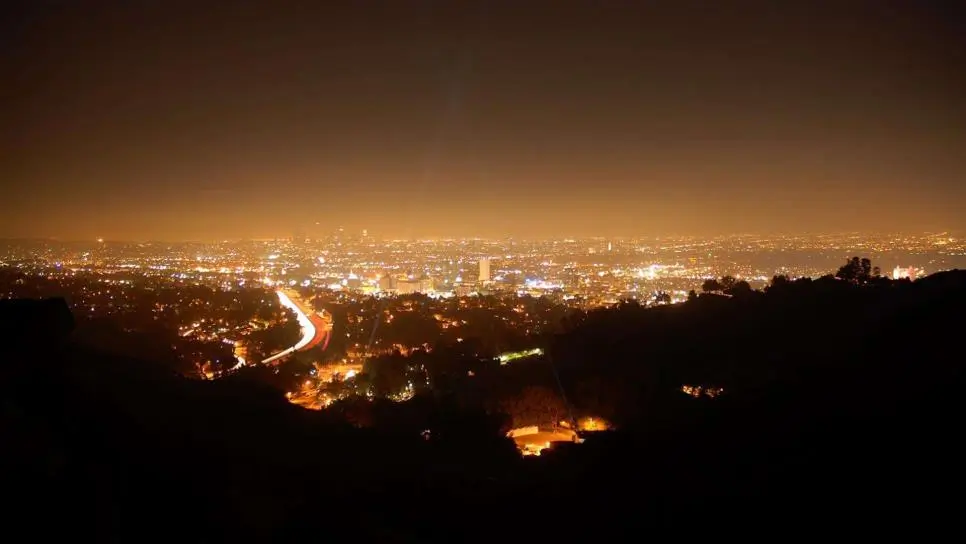Design Director Luke Thomas explores the impact of lighting on our exterior spaces and how to make a positive change to preserve our dark skies where we can.
When we get it right, lighting gives us the power to manipulate a user’s experience of a space, providing a transformational quality to the subject of illumination, but do we ever consider the consequences? The benefits of artificially illuminating our surroundings after dark are many – safety and security being the most significant considerations, but the most powerful draw is the desire to enjoy our outside spaces for longer and to create beautiful spaces. It comes at a cost. As global populations rise, and urban settlements continue their sprawl across rural landscapes, the impact of lighting on our environment has become more apparent. In our congested and overcrowded cities, space comes at such a premium and to contemplate losing access to the world outside after dark seems too difficult to comprehend but should we take it more seriously and be more responsible? Is there a balance and can we consciously design better lighting installations?
LIGHT POLLUTION
The luminescent haze that hangs over our cities and other brightly lit spaces is known as “Skyglow” and is a visual manifestation of light pollution. This skyglow is wasted light that escapes out into our surroundings due to: over-lighting, glare, or badly positioned fittings and this significantly disrupts our view of the stars and planets. Professional astronomers and amateur stargazers do not often have easy access to clear views of our universe to study and explore.
For humans, it’s not only our view of the universe that is negatively impacted by light pollution – ill-considered lighting layouts and poor luminaire selection can have adverse effects on our circadian rhythm and melatonin, as well as being linked to mental health issues like depression and sleeping disorders.
The effect of light pollution on wildlife is likely to be more significant than it is on the human population. Some of the most apparent effects are on nesting birds and insects which are drawn to light sources and can then impact on the feeding patterns of other species which feed on them, such as bats. It’s not just local wildlife that can be affected – migratory birds and bats that travel at night can be confused by glare and brightly lit spaces and become disorientated.
DARK SKIES
Across the globe there are many dark sky parks and reserves where visitors can experience low light levels at night and where there are protective restrictions in place to maintain these benefits. Exterior lighting designs for building developments within these areas are carefully regulated and controlled, and it is typical for proposals to require approvals from the relevant authorities before construction can begin and for sign off to be required on completion.
While it is possible to locate and access dark sky parks, in reality they account for only a small proportion of our landscapes and with humanity’s growth continuing at an ever-increasing speed, our dark skies will become harder to protect. In order to maintain a future with dark skies, there needs to be a fundamental change in how we approach lighting for exterior spaces.
In order to promote more sustainable lighting solutions for the future, Dr Karolina M. Zielinska-Dabkowska from Gdansk University of Technology, and the International Dark‐Sky Association, with contributions and support from other lighting industry bodies created The Responsible Outdoor Lighting At Night (ROLAN) Manifesto.
At the heart of the manifesto are five principles of responsible outdoor lighting:
- All light should have a clear purpose.
- Light should be directed only to where it’s needed.
- Light should be no brighter than necessary.
- Light should be dimmed down or turned off when not required.
- Use warmer colour lights where possible.
Source: darksky.org
ACHIEVING A LIGHTING SCHEME THAT BENEFITS HUMANS AND ANIMALS
Controlling the direction and spill of light
Lights should be selected and positioned to distribute light down towards the ground where possible. When considering luminaires, the best options will use an optic lens positioned over the source LED. The optic will shape and control the light into a beam which can then be focussed and targeted towards a feature for illumination, such as a pathway or plant. Not only does this reduce the unnecessary spill of light, it also creates a more dramatic and impactful lighting scheme, where features stand out.
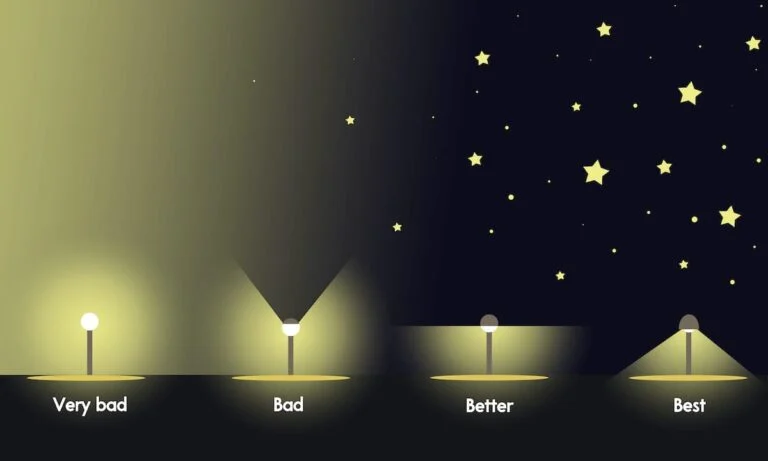
Source: gostargazing.co.uk
USING GLARE CONTROL ACCESSORIES
In addition to beam optics, luminaires should have accessories such as glare shields, baffles, or snoots, all of which can be used to prevent a direct line of sight to the light source within, while maintaining the intended spill of light onto an object or area. This reduction in glare benefits humans by providing a more comfortable visual aspect, while also minimising the disturbance of surrounding wildlife.
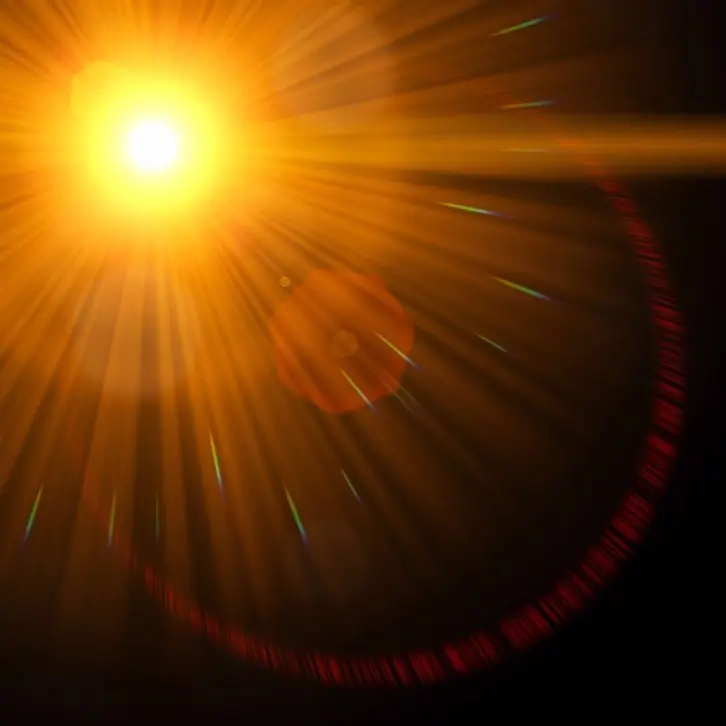
COLOUR TEMPERATURE
Blue-rich colours have the most significant negative impact on light aversive species, with red having the least. Where light sources are applied to a scheme, it is important to select “warm” colour temperatures. The core of an LED begins with a blue or ultra-violet diode which is then coated with a phosphor to produce white light. The composition of the phosphor determines the colour temperature. “Warm white” is generally considered to be 3000 Kelvins or lower. Most manufacturers aim to offer the most amount of light for the lowest amount of energy used and this ratio is easier with cooler colour temperatures. Not all LEDs are the same and it is important to study this data to determine the most appropriate light source.
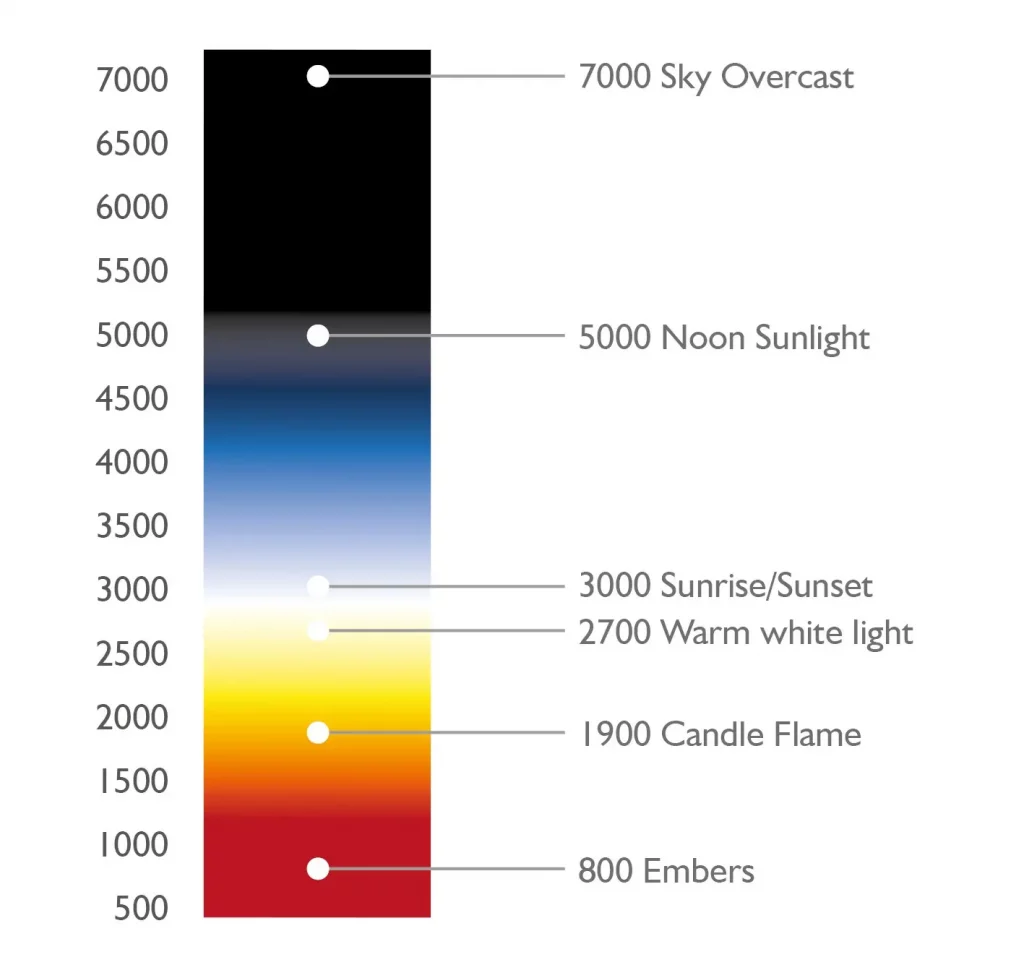
DESIGN THE LIGHTING LAYOUTS
Designing a lighting scheme does not mean having a certain number of lights per meter, or a minimum LUX level to a particular zone. Lighting should be used with purpose. Where a light has been designed into a scheme, it should be possible to justify its inclusion and to highlight its benefits. Understanding the landscape, how occupants will interact with it and the client brief is fundamental. The materials being used, the planting schemes and the expected pathways through the space will help to determine the most effective lighting solution. The more information that can be made available at the design stages, the more likely it is that a sympathetic solution can be found.
PROVIDING AN APPROPRIATE AMOUNT OF LIGHT
Once the placement and the intended effect has been determined, a light source with the appropriate lumen output must be selected. What is deemed as a “necessary” amount of light is subjective. Our individual personal perception of light is different from one another’s but the reference point for darkness can be heavily influenced by location. In urban areas “darkness” usually includes a certain amount of ambient skyglow, while in rural locations we experience true darkness. A small amount of light can be perfectly adequate in true darkness, but once the backdrop of sky glow is added to that base reference, the perception of that same quantity of light changes. The same can be true in respect to the time of day – during twilight, the amount of artificial lighting required to achieve a desired effect will be more than what is required at night. Site specific testing is a good way of truly understanding the delivered lighting effect from each luminaire selection within its identified location. If less light can be used to light a space this contributes to less energy being consumed and further economic and environmental benefits.
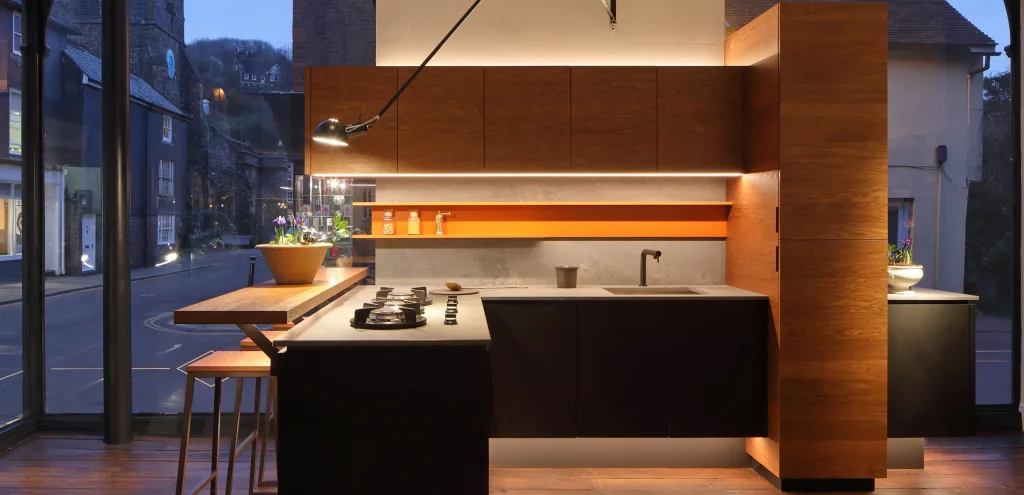
Portobello in action.
ADAPTABILITY
In residential applications, the requirements for lighting will be varied and the lighting design needs to be adaptable to different occasions. For example, it is necessary to provide some atmospheric and functional lighting to an outside dining area, but this doesn’t mean that the area needs to be lit all night long. If the terrace dining area is unoccupied, will there be any benefit to permanently lighting this space?
If the lighting installation can be split into various zones and circuits, this can provide flexibility to match how the space will be used and ensure that spaces are lit only when there is a benefit in doing so.
BASIC CONTROL OPTIONS
Being able to dim the exterior lighting can provide the flexibility to adapt to different occasions and scenarios to help preserve our dark skies. In some cases, the lowest lumen output luminaire for a particular effect still provides more light than necessary. With a dimmer, the amount of light can be easily dialled back to an appropriate level.
A passive infrared sensor (PIR) can be linked to lighting circuits so that they can only be activated while the space is occupied – perfect for side access and bin storage. A photocell for exterior lighting circuits is essential as this prevents them from coming on during the day. Most PIRs have this built in, and it is also possible to link them to a dimmable lighting circuit, providing functionality beyond the standard on and off modes.

ADVANCED LIGHTING CONTROL OPTIONS
For larger gardens and intricate lighting installations manual dimmers and time clocks will not be practical. Advanced control options (Lutron, Rako, etc) have specialist features which can bring added functionality that is more likely to intuitively complement how the users will interact with the space on a daily basis.
Lighting “scenes” can be set for each zone of the garden, with an astronomical clock function allowing for these scenes to be controlled in relation to the rising and setting of the sun. The program can be set to provide a variety of scenes through dusk and into night that imperceptibly transition. The initial lighting scenes for each day may cover wider areas, giving users visibility to access more spaces within the garden. As the night draws in, the lighting could automatically adapt to a scene which primarily provides security and safety lighting and at a significantly dimmed level. The system could be set to turn all lights off completely at a particular point in the night.
In some cases, the lighting control system could also be linked to the alarm system so that a security lighting scene is triggered on detection of an intruder, reducing the requirement to have security lighting on all night.
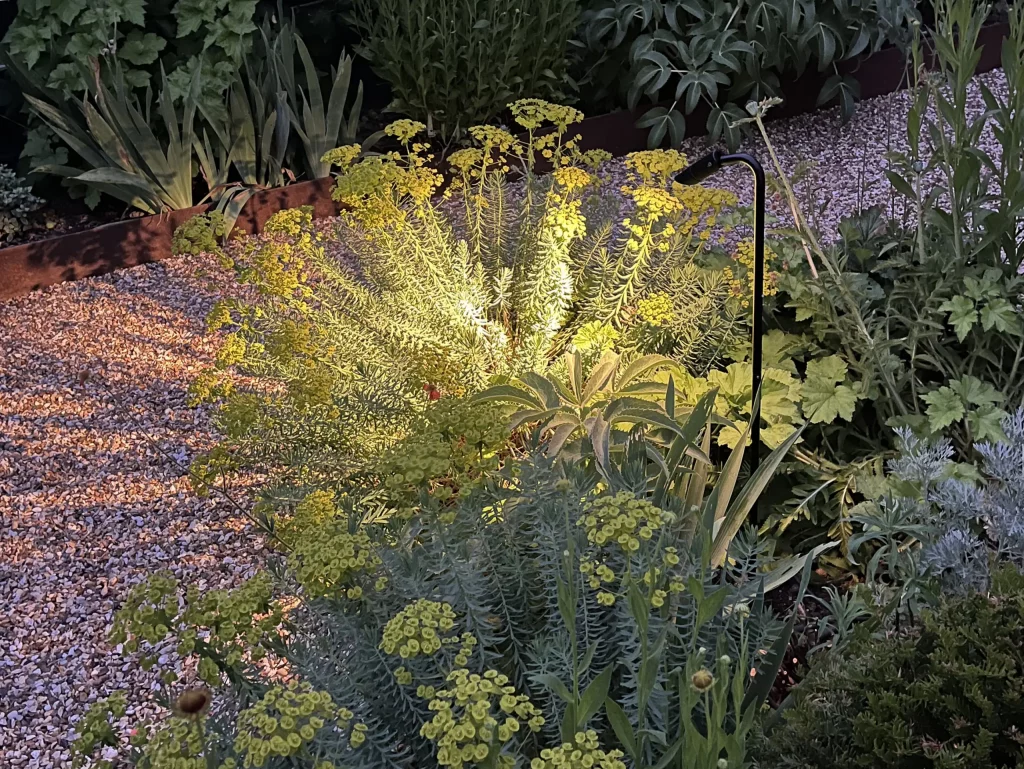
Dark Sky Kew in action.
SUMMARY
Even when not obliged by regulation or restriction, those designing exterior lighting installations should challenge themselves and the teams they work with to imagine and realise schemes that provide a sympathetic solution that balances and supports the needs of the modern human, while also protecting our wildlife and dark skies. Implementing the ROLAN manifesto, or at least using its core principles as a reference point, is a wise place to start. If we can all play our part, we may be able to protect our dark skies from unnecessary light pollution and enjoy a future alongside our native wildlife.
Read more about our lighting design service.
